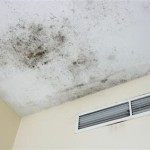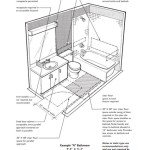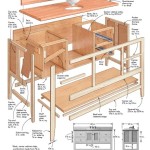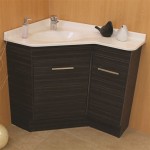Electrical Regulations for Bathroom Extractor Fans
Bathroom extractor fans play a crucial role in maintaining a safe and healthy indoor environment. They remove moisture and humidity, preventing the growth of mould and mildew, and improving air quality. However, installing and operating these fans requires adherence to specific electrical regulations to ensure both safety and functionality.
Electrical regulations for bathroom extractor fans are designed to safeguard individuals from electric shock and fires. These regulations dictate the types of wiring, circuit breakers, and protective devices required, ensuring that electrical installations are safe and compliant. The specific regulations may vary depending on the location, but common guidelines and principles apply universally.
Electrical Wiring and Connections
The wiring and connections for bathroom extractor fans must meet stringent safety requirements. Typically, the fan should be connected to a dedicated circuit, separate from other appliances or lighting fixtures. This dedicated circuit helps prevent overloading and ensures that the fan functions consistently.
The wiring for the fan should use appropriate gauge cables with adequate insulation, and the installation must be carried out by a qualified electrician. The type of wiring and installation method will depend on the specific requirements of the electrical code in the region.
In older homes, extractor fans may be wired to the same circuit as lighting fixtures. This practice is generally discouraged because it can lead to overloading and malfunctions. If rewiring is required, a qualified electrician should be consulted to ensure that the wiring complies with the current electrical code.
Circuit Breakers and Protective Devices
Circuit breakers and protective devices are essential components of any electrical system, and for bathroom extractor fans, they play a vital role in ensuring safety. Circuit breakers are designed to interrupt the flow of electricity in the event of a fault. They prevent overloading, which could lead to overheating and potential fires. The circuit breaker for a bathroom extractor fan must be rated for the appropriate amperage to handle the load of the fan.
Residual Current Devices (RCDs), also known as Ground Fault Circuit Interrupters (GFCIs), are essential safety devices for bathrooms. RCDs monitor the balance of current flowing through the circuit. If a fault occurs, such as a person coming into contact with a live conductor, the RCD will quickly interrupt the power, preventing a potentially fatal shock. Electrical regulations often mandate the installation of RCDs for bathroom circuits, including those for extractor fans.
It is crucial to note that RCDs and circuit breakers operate differently. While both help protect against electrical hazards, they do so in different ways. Circuit breakers protect against overcurrents, while RCDs protect against ground faults.
Additional Considerations
Beyond the basic electrical wiring and protective devices, there are some additional considerations for bathroom extractor fans that contribute to safety and functionality.
Humidity and Moisture
Bathrooms are naturally humid environments, and the extractor fan itself can generate moisture. To prevent electrical hazards, the fan should be properly sealed, and the electrical components should be rated for humid conditions. The fan's wiring should not be exposed to direct water spray, and the housing should be made of a non-conductive material.
Ventilation and Airflow
The bathroom extractor fan should have a sufficient capacity to efficiently remove moisture and humidity. The fan's size and airflow rate should be appropriate for the size of the bathroom. Insufficient airflow can lead to moisture build-up, potentially creating a breeding ground for mould and mildew.
Maintenance and Inspection
Bathroom extractor fans require regular maintenance and inspection to ensure their ongoing functionality and safety. This includes cleaning the fan blades and housing, checking for any damage or wear, and ensuring that the electrical connections are secure. Regular maintenance and inspection help to prevent malfunctions and prolong the fan's lifespan.
In addition to these general considerations, it is important to understand and comply with the specific electrical regulations in your region. Local building codes and regulations may provide more detailed requirements for bathroom extractor fans.
Installing and operating bathroom extractor fans requires adherence to specific electrical regulations to ensure both safety and functionality. These regulations cover wiring, circuit protectors, and additional considerations such as moisture, airflow, and maintenance. By following these guidelines, homeowners can ensure a safe and healthy indoor environment for their bathrooms.

Bathroom Regulations Vent Axia

Bathroom Regulations Vent Axia

Bathroom Zones Gil Lec

Extractor Fan World S Guide To Bathroom Zones

Bathroom Zoning Ip Ratings For Ventilation Envirovent

Bathroom Zones Ipx Ratings For Extractor Fans Airflow

Choosing The Right Bathroom Fan

Extractor Fan World S Guide To Bathroom Zones

Choosing The Right Bathroom Fan

Electrical
Related Posts







